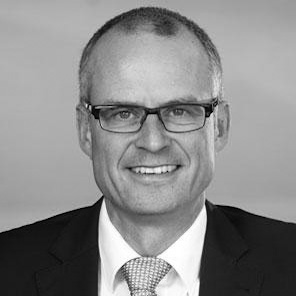PharmaBoardroom briefly met up with Henk de Jong, CEO of Philips Latin America at the Financial Times LatAm Healthcare & Life Sciences Summit in Miami in September 2015. He discusses the importance of the Philips brand for both its consumer and healthcare divisions.
You have a long history working in Philips over the years. When you first started as CEO for Latin America, what priorities did you set for yourself?
Within the organization, I wanted to move away from a focus on individual countries to a focus on Latin America, thereby doing many more things together and becoming a more efficient organization. My second priority was to visit customers, talk to them, and make some changes in our go-to market and service model.
How important is Latin America for Philips globally?
It is quite important. We have been here for 90 years in Latin America. This importance is not just due to current growth but also the future and our long history.
How do you prioritize countries in terms of market entry strategy?
I discuss this with my management team to put together our objectives and where we want to start. Philips also innovates in Latin America; we write software for managing hospitals and clinics, called Philips Tasy. This was developed in Brazil, and we have started to export this software to other countries. We have a whole bucket of import/export priorities and we always work together to make sure we have the right list of priorities. It is not always easy but it is nevertheless critical.
How do you find striking a balance between European and Latin culture in a company like Philips?
It is really important to have a blend between your own culture and the local culture. I was in Brazil from 1994 to 1998, so I knew a little bit about Brazilian culture beforehand. It requires a lot of patience and listening, and my contribution from a European perspective is very much focused on execution. If we agree on something, I want to make it happen. Our culture is open, participative, and fosters respect for colleagues. We dedicate much work on teamwork, as well as becoming more and more focused on consumers.
What are the biggest target markets for you at the moment?
At the moment, our biggest targets are Brazil, Argentina, Colombia, Mexico, Chile and Peru.
How do you find patients’ responsiveness or reaction to the Philips brand in terms of how you communicate that marketing strategy to those people?
The Philips brand is very strong; it is becoming more and more linked to healthcare, so we are making progress. It is also a very trustworthy brand; people trust and enjoy our products and solutions in the consumer and healthcare areas.
What is next on your agenda, what is left for you to achieve?
I think there is still a lot to do. I am very happy with what I am doing, so in the coming years I am not so worried. I have been very privileged to work in different divisions of Philips in different countries. First I want to focus on finalizing what I have to do here, and then we will see.
Do you have a final message that you would like to convey on behalf of the Philips?
My message is that we will continue to focus very much on our customers in both healthcare and consumer products, coming up with great solutions and always surprise them with the latest innovation.







